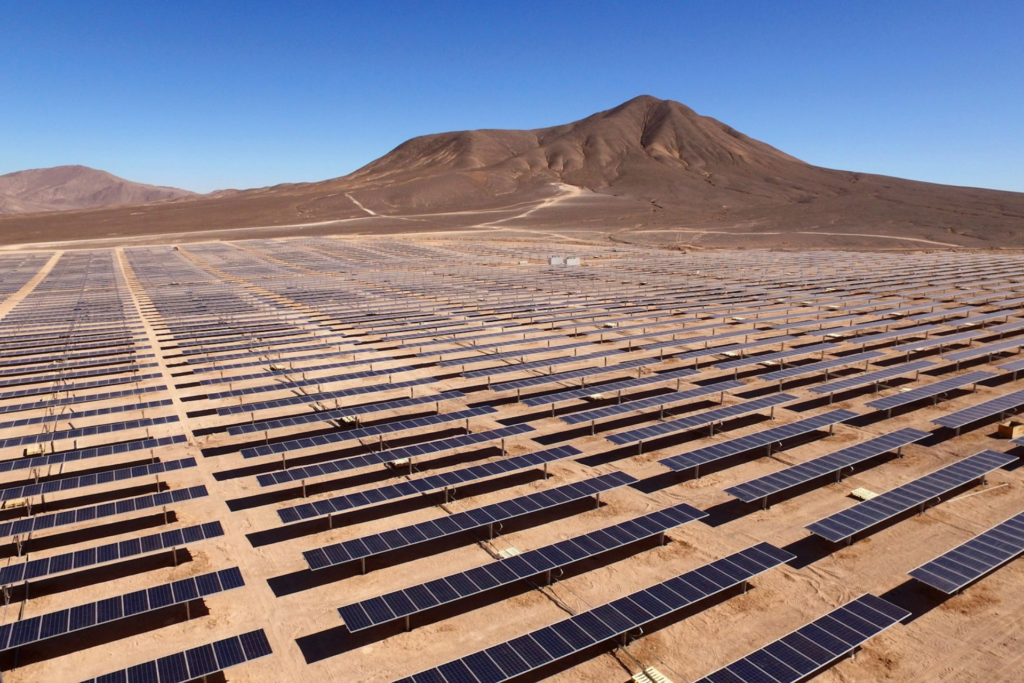Electrification — the move from non-electric fuel to electric — is big business right now. Electric vehicle (EV) sales are soaring as more consumers and businesses start to accept that there’s no real future in gasoline. Setting the scene for this major change is the energy transition; a shift from dependence on fossil fuels to renewables like solar and wind power.
The energy industry is as best by supply chain problems and sociopolitical unrest as most other sectors in the world right now. Yet the transition is plowing ahead, thanks in part to eager investors. Take a look at how this is shifting job market trends and the future outlook for the overall “greener” side of electricity.
Investment Surge in Electrification and Renewables
The International Energy Agency (IEA) recently released a report on investment in energy. While investment in fossil fuels hasn’t yet stopped, it has slowed compared to previous years. Conversely, investment in renewable power has risen significantly. Here are the key figures:
- Renewable power investment is up $36 billion year on year
- Investment in grids and storage for clean energy is also up by $36 billion
- The end-use energy efficiency market has seen a $23 million lift
There are also significant leaps in investment in alternative fuels, showing a keen interest in how the move away from fossil fuels will impact the automotive sector.
The IEA also notes that economic changes like a reduction in cheap borrowing have caused some other sectors to see a slowdown in investment. But for the energy sector, this doesn’t seem to have occurred. In fact, overall global energy investment is set to surpass $3 trillion for the first time ever in 2024, with the notable factor that two-thirds of this will be on renewables.
With many governments incentivizing corporations to move to net zero carbon emissions faster, this could be a driving factor in the investment landscape. Also, many firms, including venture capitalists, have their own corporate sustainability targets. Investing in the future of renewable energy and transportation can help them achieve those goals while boosting their company reputation.
Job Market Trends in Electrification and Renewables
While many sectors have slimmed down their recruitment drives to cut costs, the volume of opportunities within the renewables and electrification sectors is on the rise. In the EV industry, job seekers can find opportunities as:
- Software developers
- Electrical and chemical engineers, particularly looking at enhancing battery life
- Manual roles like vehicle assemblers
- Infrastructure planners looking at improving the network of chargers
- Electricians for all aspects of the industry
In the United States, Georgia, Michigan, and North Carolina are leading the way in creating new jobs in the EV market.
There’s a similar picture forming in the renewables sector. The U.S. Department of Energy (DOE) recently reported that 87% of new jobs in the energy sector are connected to renewables and clean energy.
The Role of Technology and Innovation
Advancements in technology are a driving factor in the growth of both the electrification and renewable energy sectors.
AI is now used for grid maintenance, freeing up personnel to work on more critical tasks. Smart grids send data between consumers and utility providers helping balance energy supply and demand, potentially reducing carbon emissions and ensuring the power stays on. Battery technology is constantly improving, making EVs that run for longer, go farther, and charge up faster.
For these trends in advancement to continue apace, it’s critical that businesses invest in innovation. EV and energy sector recruiters need to be looking for top talent with the skills, experience, and qualifications to drive new ideas.
Future Outlook
Will investment in renewables continue at the same level? It’s likely, but the focus may shift. In 2024, interest has moved from wind to solar, with wind power becoming less attractive due to its higher cost to set up.
One of the challenges is that land costs for both solar and wind technology are expensive, and with a rising demand for that land, owners could hike the prices up. Investors and sector leaders will have to be ready to meet those rising costs with an eye on the promise of big returns in the future.
Local and national policy demands a shift toward decarbonization, which has led to multiple major utility providers committing to an 80% rise in the production of renewables by 2030. Many roles could be created across both sectors as collaboration becomes essential to help corporations hit the targets that help them adhere to these new policies.
Conclusion: Clean Energy Could be the Boost the Economy Needs
The resilience of the renewables sector and the rising interest in EVs make these two industries of prime interest to investors. However, what’s interesting is the impact these sectors are having on the overall economy. The IEA states that clean energy accounted for 10% of GDP growth worldwide in 2023 — a figure that’s set to rise if this level of investment continues as expected.
Businesses and investors should consider how they can benefit from partnering with this thriving industry as the focus on sustainable energy is only going to get stronger in the coming years. For job seekers, opportunities in the renewables and electrification sectors have never been more lucrative. It could be the right time to move to a new challenge with a bright future.
Connect with MRINetwork for more information on any of our topics.

Connect with MRINetwork